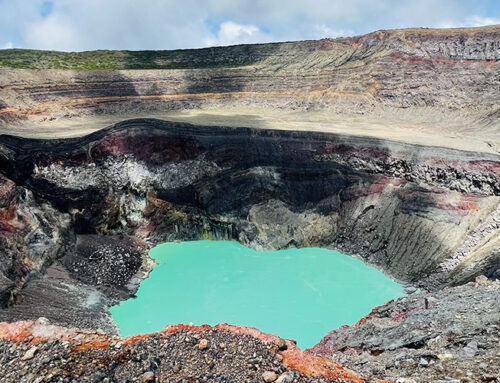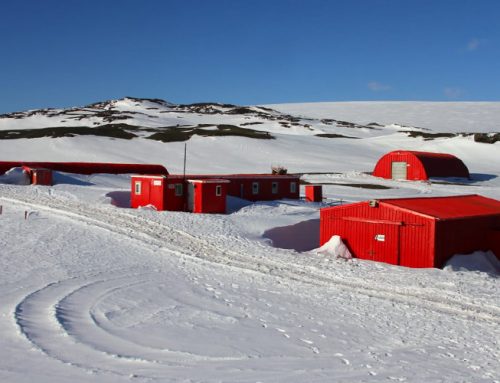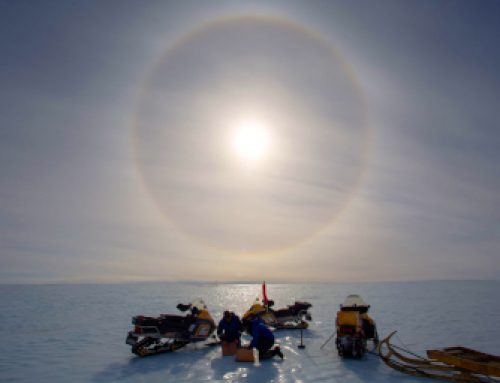GEL RASPBERRY SHAKE PROJECT
A Bridge Between Industry, Local Communities and Citizen Scientists
June 16, 2021 – Written by Hazel Farndale, Project Geologist at the United Downs Deep Geothermal Project, Cornwall, UK
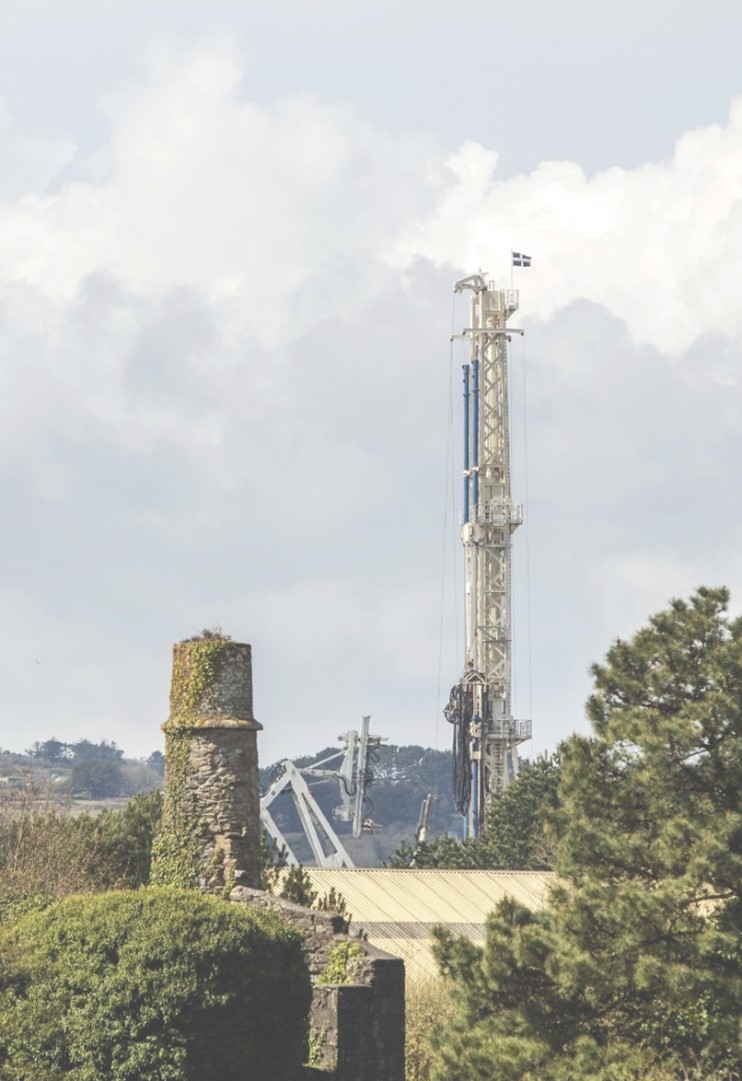
When I joined Geothermal Engineering Ltd (GEL) in November 2020, one of the first things I learnt was just how important community engagement is to a development like the United Downs Deep Geothermal Project. We’re not only the first deep geothermal power project in Cornwall, but the first ever in the UK! This brings a huge amount of excitement, with ground-breaking moments on a regular basis throughout development, but it also brings a lot of unknowns, and with it, very understandable worries and fears for our neighbours.
One of the biggest fears? The possibility of induced seismicity.
To help tackle this, we wanted to learn from similar projects around the world where geothermal projects have been opposed or stalled in the past due to local objections. Thankfully, the chance of an event which will cause any level of damage in Cornwall is almost zero, but seismicity is likely to be associated with any geothermal project and needs to be professionally managed. We cannot pretend that seismicity won’t happen, but we can understand the likelihood of different magnitude events, plan for a range of eventualities and educate the public on our findings to help prepare them well in advance. It’s from this that the GEL Raspberry Shake Project was born.
A BRIEF LOOK AT GEOTHERMAL POWER
Geothermal energy literally means Earth Heat. That is what we’re aiming for. Enough heat from deep in the Earth to provide a low-carbon, sustainable means of generating steam to power a turbine and ultimately generate electricity 24/7. It can also simply be used as direct heating for greenhouses, warehouses or even a network of residential homes. There are so many possibilities, and with heating and hot water for UK buildings making up around 40% of energy consumption and nearly a third of our greenhouse gas emissions (see here), delivery of renewable heat is rightfully a hot topic here in the UK.
The fundamental requirements for geothermal energy are heat and fluid flow, or ‘permeability’. The need for high temperatures is perhaps self-explanatory given the topic, but the requirement for good movement of fluid beneath the ground is just as important. Without flow of water at depth, we have no way to capture the heat and bring it to the surface.
There are several types of geothermal development, but a simple system is formed of two wells separated by some distance with a fluid reservoir in-between. One well is the injection well, where cool water is injected into the rock from the surface, and the other is the production well where hot water is pumped up from depth to the power plant. When water is injected into the system, it must percolate through the rock for enough time and distance to collect heat. This may be through pore spaces between the grains in a sedimentary rock or through secondary faults, joints, fractures or fissures that are open and interconnected across a large area. It is this permeability that allows a fluid reservoir to form, heat up, and then be pumped up to the surface for use. The same water can then be re-injected back into the system, creating a closed-loop cycle. An example of this kind of system is shown below, in a schematic of the United Downs wells drilled into the natural Porthtowan Fault Zone to provide the permeability for the reservoir.
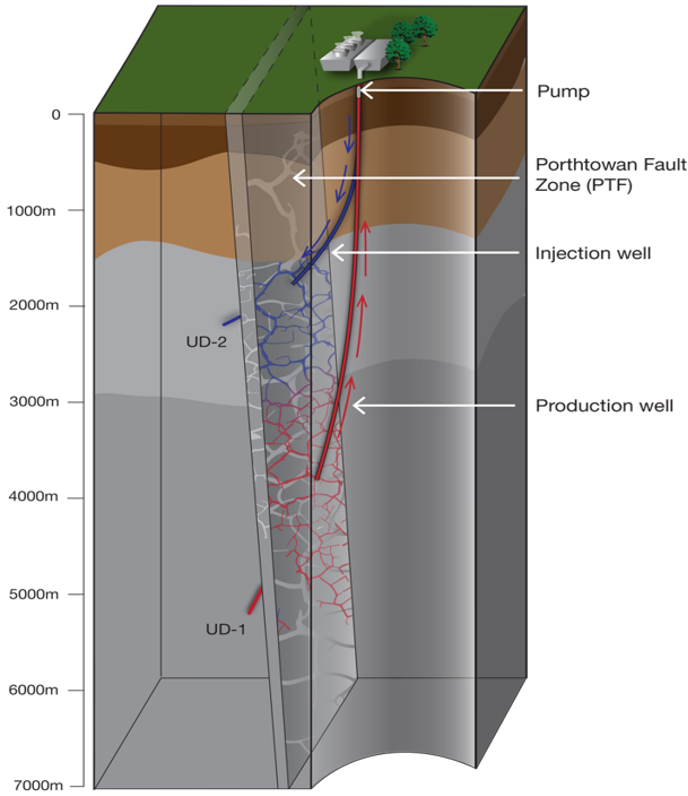
A schematic of the wells drilled directionally into a fault zone at United Downs.
SO WHY MIGHT SEISMICITY BE INDUCED BY HARNESSING GEOTHERMAL ENERGY?
Induced seismicity is an extremely common occurrence at geothermal developments, whether drilling in a shallow volcanic environment to less than 2,000m depth, into hot sedimentary basins where the continental crust is thinner than normal, or even into deep fractured granites at more than 5,000m depth.
It can be caused by a period in development known as “testing and stimulation” which occurs after the wells have been drilled but before power plant construction. Testing and stimulation generally involve the developer flushing the wells with water at varying volumes and flow rates, allowing them to assess the achievable injection rate. Hopefully, water is able to flow at stable pressures and high enough rates to achieve sufficient power generation when the power plant is commissioned. This is a critical period during development as it provides proof of the ability of the site to generate power. However, the influx of water into the rock causes changes in pressure and stress which will interact with existing fractures and faults, weakening the structures and potentially causing movement at depth that is felt at the surface.
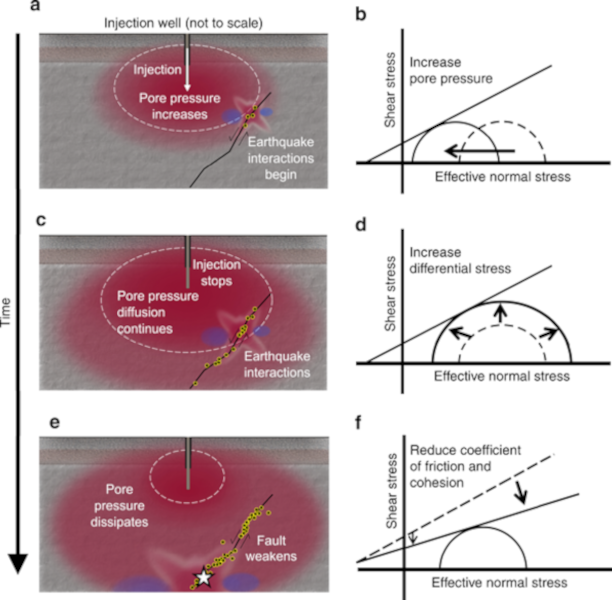
A depiction of the possible causal mechanisms of induced seismicity during geothermal well testing, taken from Yeo, Brown & Lee (2020) . Each diagram pair shows a sequence of subsurface events during well testing (left) that lead to changes in shear and normal stresses depicted in the Mohr circle diagrams (right).
In a lot of conventional geothermal systems (i.e. related to volcanoes and tectonic plate boundaries), natural earthquakes are a regular occurrence and even moderate magnitude events can be dismissed by local communities as “par-for-the-course”. However, that doesn’t mean developers can become complacent. It is critical that even in these environments, the risk of both natural and induced seismic events is fully understood before drilling commences. There should be a baseline for activity in the area with which the developer can compare any events that occur during drilling and testing, whether coincidental or not. If the possible strength and frequency of potential events are not identified and acknowledged to the public, the developer risks reputational damage should something go awry.
Here in Cornwall at our United Downs project, very little seismic activity occurs naturally, though the most recent of note was a magnitude 2.3 near Helston in 2019. Beyond this, in many places the granite batholith that stretches across Cornwall and Devon reaches very near or even to the surface, so earthquakes don’t have to cross stratigraphic boundaries as they travel and therefore lose little energy as they move through the rock. This means that even small tremors can be felt and cause significant concern for residents. With the potential to induce microseismicity up to magnitude 2.0, GEL needed to be fully transparent and address this possibility early.
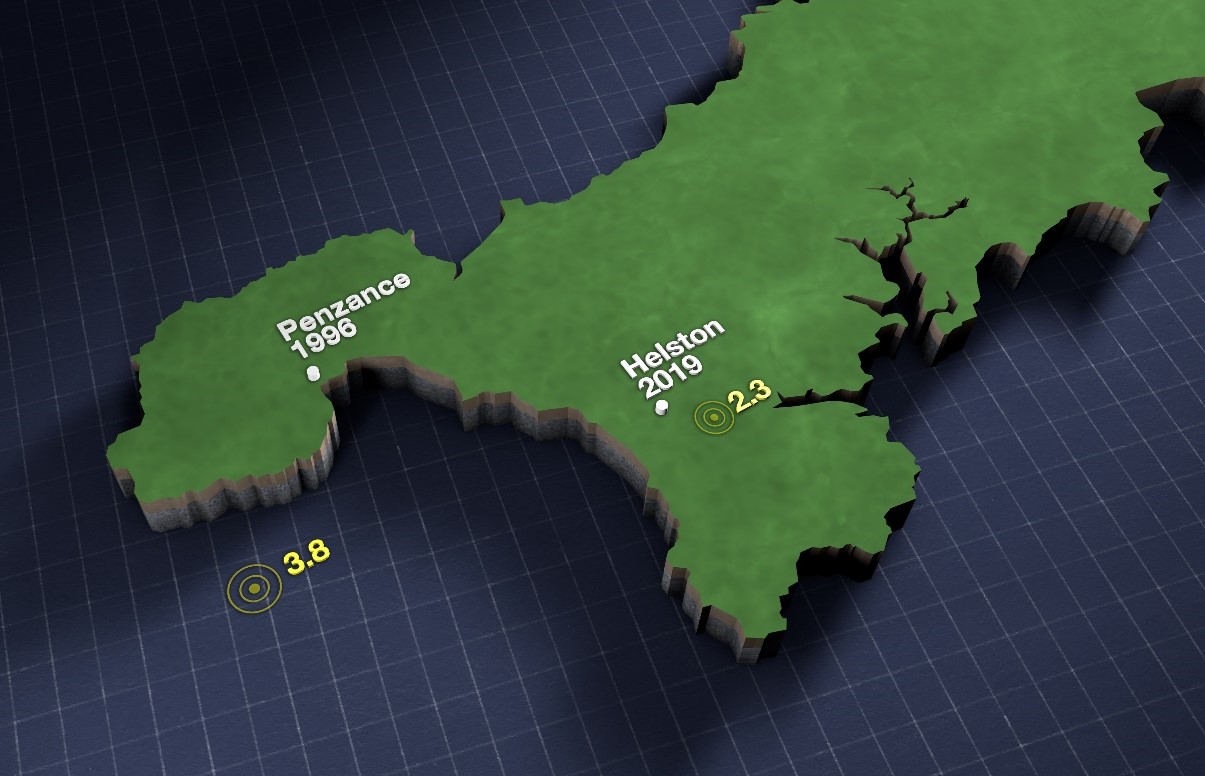
WHY WE CHOSE TO START THE GEL RASPBERRY SHAKE PROJECT
The GEL team knew that one of the best ways to get information out into the community was to start with schools. Not only are young people generally more knowledgeable about climate change and the need for action to be taken immediately, but they tend to be more interested in renewable energy projects. Once engaged about the project, students also tend to inform their peers and family members about geothermal and United Downs, providing amazing dissemination of information to the wider community through a relatively soft approach.
We wanted to find a way to engage students on induced seismicity; show them not only the exciting project behind it but also why it is nothing to fear. A presentation to a school can have a large, immediate impact but is rarely lasting. That’s where the Raspberry Shake Project came in.
By providing these tiny, portable, relatively inexpensive machines to neighbouring schools we could not only consistently engage with students and teachers about United Downs, but also provide a lasting educational tool for use across Science, Humanities and IT. The devices show students and teachers alike the exact ground motion caused by both distant tectonic earthquakes and local induced tremors, and allows them to compare these to everyday events such as a helicopter passing overhead, a quarry blast several kilometres away or even the regular stampede of class changeover time. It’s this real-life context that is invaluable for producing a meaningful impact and a lasting message: seismicity induced by geothermal testing will be felt but is not significant in comparison to other sources and certainly won’t cause any damage.
This consistent message has provided far more acceptance than any number of talks we can give showing how our peak ground velocity is less than 10x the acceptable limits imposed by the local council. The numbers may appear to speak volumes but, in reality, people need to see and feel the proof for themselves.
GETTING PEOPLE ONBOARD
As my colleague, Jane, likes to say, “deciding to engage with a community is all very well, but finding them is rarely straightforward”. Thankfully, Jane is our dedicated Community Engagement Officer, and it is her job to know who to talk to in an area and how we can go about doing it. She knows the schools that are regularly engaged in renewable energy fairs or STEM career days, those who’re most likely to be enthused by the project and get the most out of a seismometer, and is fantastic at finding the best people to talk to. With her expertise and a little sniffing around, we were able to get enthusiastic contacts across eight local schools and colleges, and are in the process of doing so for several more to get our network of seismometers up to full strength!
TRAINING
With teachers on board, we needed to find an efficient way to get the Shakes out to schools and help them out with installation. We’re a small company and sadly do not have the resources to have a dedicated Raspberry Shake expert on hand, and certainly not one who can go out and install them in each school. So, with a little help from some expert geoscientists, a “Shake Day” was held at the United Downs site.
The Shake Day brought together all the key contacts at each school involved in the project to learn how to get the most out of their devices and also to meet each other and form a “Teacher’s Hub”. This hub was created to allow the sharing of knowledge and ideas on how to get the most out of their Shakes, and provides a self-sufficient support network that we hope will continue as further schools come on board with the project.
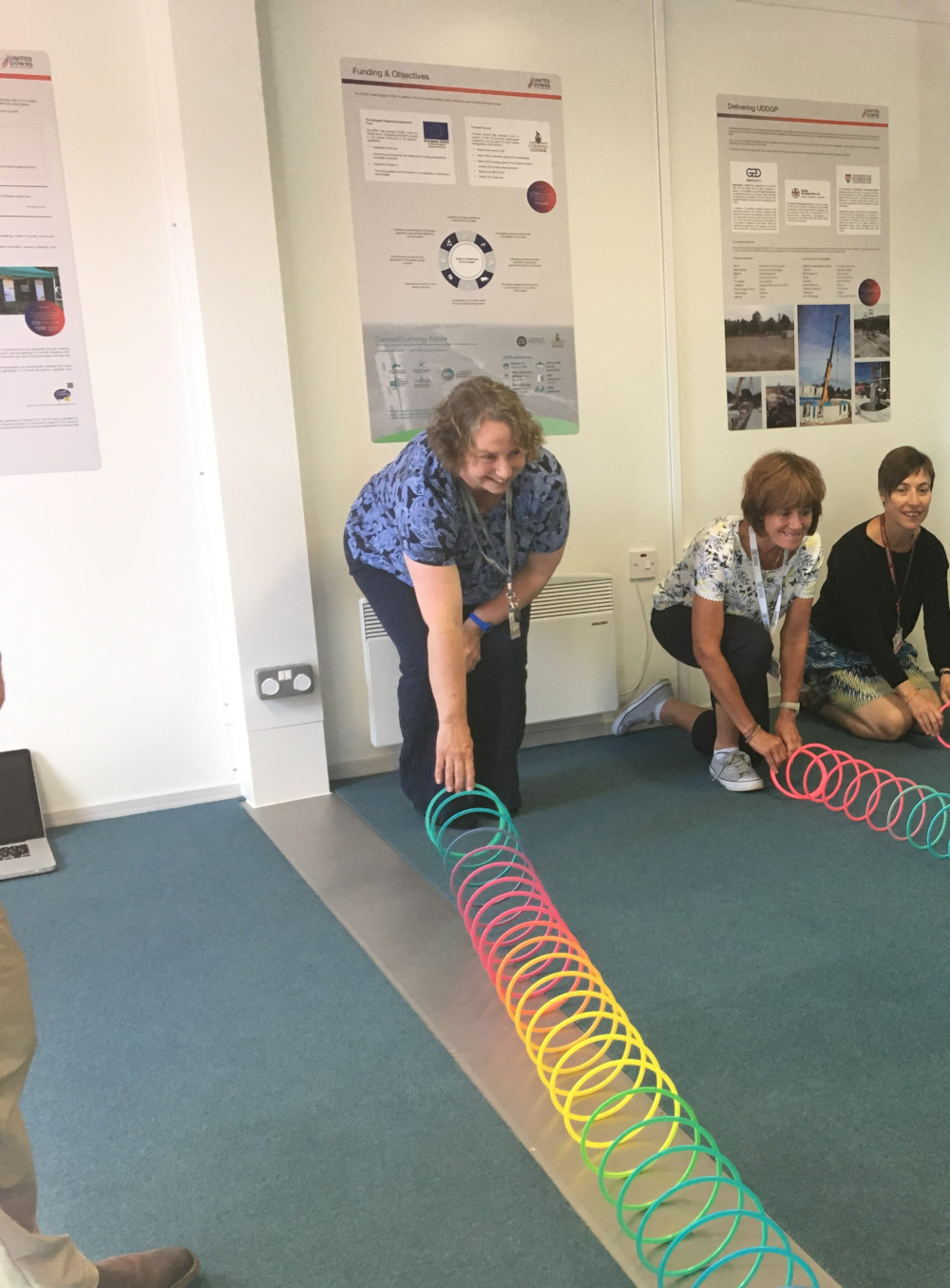
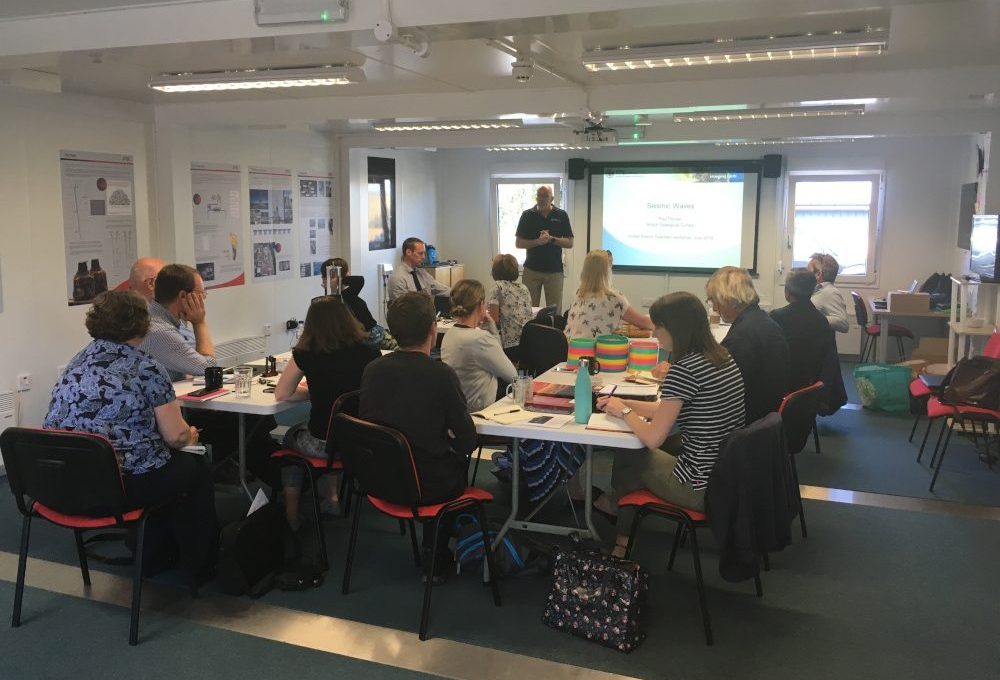
Unfortunately, having not joined the company at the time, I can claim no credit for the success of this training event. However, I have been told how useful it was by the attendees and have no doubt as to how valuable such a network is to the project. Whilst Raspberry Shake now have a large number of educational resources, at the time very little was online and providing this relatively small amount of training went a long way.
THE FUTURE OF THE GEL RASPBERRY SHAKE PROJECT
Unfortunately, as with many projects throughout 2020-21, the COVID-19 pandemic has caused a stalling of progress. With schools and universities shut for large chunks of the year, and teachers having to juggle online and classroom teaching, the Raspberry Shake Project fell down the priority list for many and GEL have been unable to host events for those involved. However, as life begins to return to normal, we have been able to get almost all of the devices back online and are in conversation with a number of new schools to install a further three devices in the coming months.
GEL want to re-enthuse those involved with new, relevant educational material, further events for the school leads to discuss their ideas for the project, and we hope to re-instate school visits to our working site when it becomes safe to do so. Links to Raspberry Shake networks across the world could also provide an exciting opportunity for schools to build an international educational network, opening up the potential benefits of the project beyond Science and IT to Modern Foreign Languages or lessons in economic and social development.
However, the future of the project ultimately lies with the network of schools and colleges with devices installed. GEL empowers the schools involved to own the project and make of it exactly what they want. Such a project therefore relies on everyone remaining engaged and continually looking for new ways to use their devices, as well as sharing these ideas to help inspire a new generation of geoscientists in Cornwall. The interest we’ve had in the Shake project is a testament to the local community’s desire to understand geothermal and seismicity, and it’s incredible to see local citizen scientists using the network to enthuse those within and beyond Cornwall with the power of viewing seismic data, demystifying seismometers and opening up the world’s tectonic activity to all.
We hope this venture highlights the efficacy of a simple, relevant education program for engaging a community in an industrial project and can inspire other geothermal developers and other industries to work closely with their local communities.
At Raspberry Shake we would like to say a huge thank you to Hazel Farndale for sharing details of the GEL Raspberry Shake Project. We wish them all the best in continuing to engage the local community through their fantastic work and look forward to hearing how the project develops.
